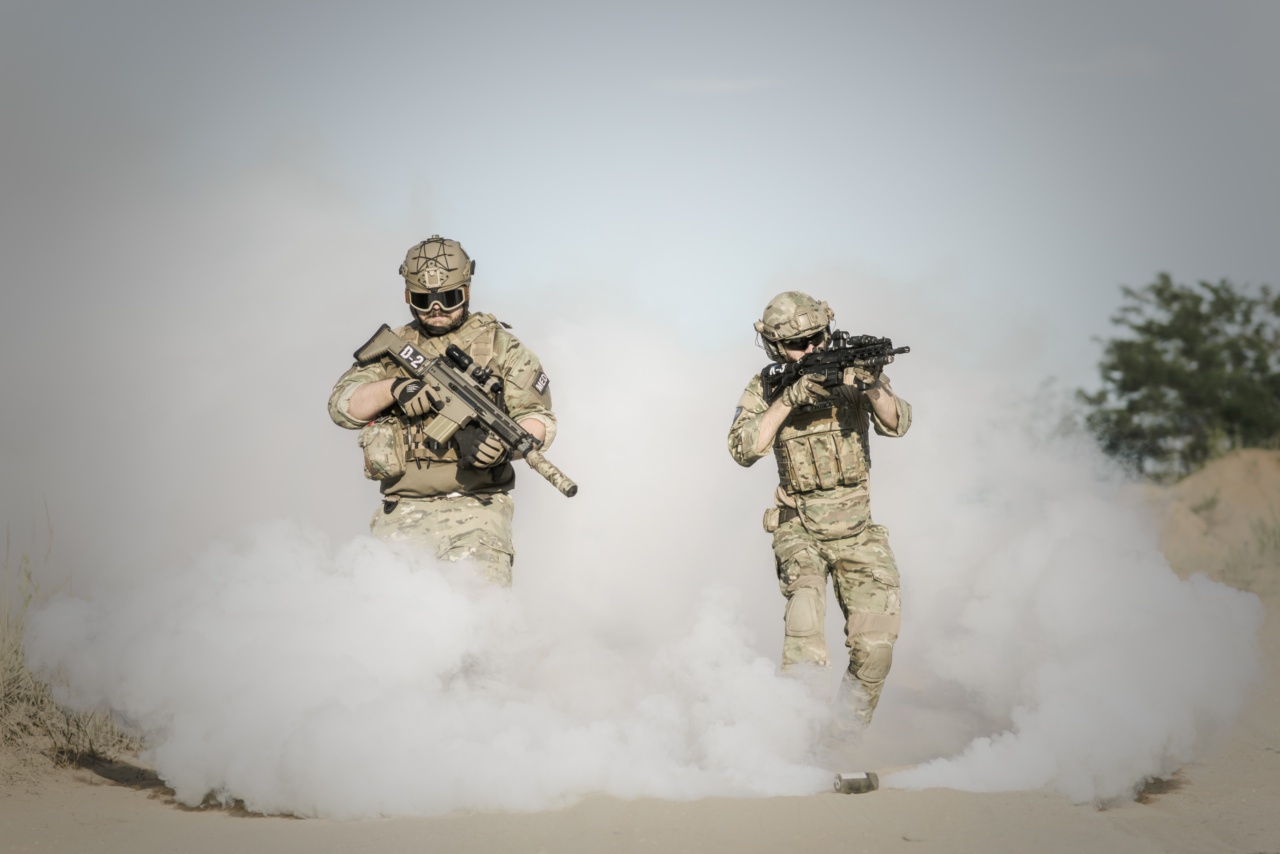War zones are the epitome of chaos and violence, where lives are torn apart, and the aftermath lingers long after the conflict ends.
While the immediate consequences of war are evident and well-documented, the impact on mental health often goes unnoticed and unaddressed. Research indicates that approximately 20% of individuals living in or around war zones are at risk of developing mental disorders due to the trauma they experience.
This alarming statistic sheds light on the profound and lasting effects of war on the human psyche.
The Psychological Toll of War
War is notorious for subjecting individuals to extreme stress and trauma, triggering a wide range of mental health issues.
Exposure to violence, loss of loved ones, constant fear, and displacement all contribute to the psychological toll experienced by those residing in war-affected regions.
1. Post-Traumatic Stress Disorder (PTSD).
Perhaps the most well-known mental disorder associated with war is Post-Traumatic Stress Disorder (PTSD). PTSD is a debilitating condition that can develop after experiencing or witnessing a traumatic event.
In war zones, individuals are routinely exposed to life-threatening situations, such as bombings, gunfire, and the destruction of their homes. These traumatic experiences can lead to persistent and distressing symptoms, including flashbacks, nightmares, hyperarousal, and avoidance behaviors.
2. Depression.
The constant state of uncertainty and fear in war zones can easily push individuals into a deep state of despair and hopelessness.
The loss of loved ones, destruction of homes and infrastructure, and limited access to basic necessities contribute to the development of depression. War disrupts social connections, robs individuals of a sense of normalcy, and instills a pervasive feeling of sadness that can be incredibly challenging to overcome.
3. Anxiety Disorders.
Anxiety disorders, such as generalized anxiety disorder and panic disorder, are prevalent among those living in war zones.
The constant threat of danger, the need to constantly be on high alert, and the uncertainty surrounding the future all contribute to heightened anxiety levels. These disorders can severely impact an individual’s ability to function in daily life, leading to impaired work performance, strained relationships, and a diminished quality of life.
Children and War
The impact of war on mental health is particularly devastating for children.
Children living in war zones are disproportionately vulnerable to developing mental disorders due to their limited coping mechanisms and heightened sensitivity to traumatic experiences.
1. Developmental Disorders.
Exposure to chronic stress and violence can disrupt a child’s normal development, leading to a range of developmental disorders. These disorders may include cognitive delays, impaired emotional regulation, and difficulties in social interactions.
The long-lasting consequences of these disorders can hinder a child’s ability to thrive academically, socially, and emotionally.
2. Behavioral Issues.
Children who grow up in war zones often exhibit aggressive and antisocial behaviors as a coping mechanism for their experiences.
Their exposure to violence can normalize aggressive behavior, making it challenging for them to navigate social environments peacefully. Additionally, children in war zones may struggle with impulse control, making it difficult for them to adapt and function appropriately in various situations.
3. Refugee Trauma Syndrome.
Many children living in war zones become refugees, seeking safety in foreign lands. The experience of being uprooted, separated from their families, and thrust into unfamiliar environments can lead to Refugee Trauma Syndrome.
This disorder encompasses a range of symptoms, including anxiety, depression, insomnia, and difficulties adapting to the new culture and language. The trauma of fleeing their homeland and the uncertainty of their future significantly impact a child’s mental well-being.
The Socioeconomic Impact
The repercussions of mental disorders in war-affected areas extend beyond the individual level and permeate throughout society.
The socioeconomic consequences of widespread mental health issues perpetuate a cycle of poverty, instability, and further conflict.
1. Workforce Productivity.
Mental disorders hinder individuals from fully participating in the workforce due to reduced productivity, absenteeism, and difficulties maintaining consistent employment.
This decrease in economic productivity diminishes the overall economic growth of war-affected regions, making it challenging for these areas to rebuild and recover.
2. Strained Healthcare Systems.
War zones are often characterized by a lack of healthcare infrastructure and resources. As a result, mental health services and support are often non-existent or severely limited.
The scarcity of mental healthcare professionals, coupled with the overwhelming demand, puts immense strain on the healthcare systems, leading to inadequate treatment and support for those in need.
3. Interpersonal Relationships.
Mental disorders can strain interpersonal relationships, whether they be within families or communities.
The accumulation of trauma and the ensuing mental health challenges may lead to social isolation, breakdown of familial bonds, and strained community relationships. The erosion of social cohesion in war-affected areas contributes to a sense of hopelessness and perpetuates the cycle of violence and conflict.
Addressing Mental Health in War Zones
Recognizing the urgent need to address mental health issues in war zones, various organizations and initiatives have emerged to provide support and assistance to affected individuals.
1. Mental Health Programs.
International organizations, such as Médecins Sans Frontières (Doctors Without Borders) and the World Health Organization (WHO), have implemented mental health programs in war-affected areas.
These programs aim to provide both psychosocial support and clinical interventions to those in need. By training and supporting local healthcare workers, these programs aim to build sustainable mental health services within the communities themselves.
2. Humanitarian Aid.
Humanitarian organizations collaborate to provide basic necessities, such as food, clean water, and shelter, to individuals affected by war.
Ensuring that people have their fundamental needs met is an essential component of addressing mental health issues. By alleviating some of the stressors associated with war, individuals may experience improved mental well-being.
3. Education and Awareness.
Education and awareness campaigns play a crucial role in reducing the stigma surrounding mental health in war zones.
By promoting an understanding of the impact of trauma and the availability of support services, more individuals may be encouraged to seek help. These campaigns also aim to educate communities on strategies for coping with stress, fostering resilience, and rebuilding social connections.
Conclusion
War zones exact a devastating toll on mental health, with approximately 20% of individuals being at risk of developing mental disorders due to the trauma they endure.
The psychological consequences of war are far-reaching and affect individuals of all ages, with children being particularly vulnerable. The socioeconomic impact of mental disorders in war-affected areas further compounds the challenges faced by these communities.
Addressing mental health in war zones requires a comprehensive and multi-faceted approach.
By implementing mental health programs, providing humanitarian aid, and raising awareness, we can work towards alleviating the mental health burden endured by those living in conflict-stricken regions. Only by addressing the mental well-being of individuals can we pave the way for sustainable recovery and rebuild resilient societies.




























